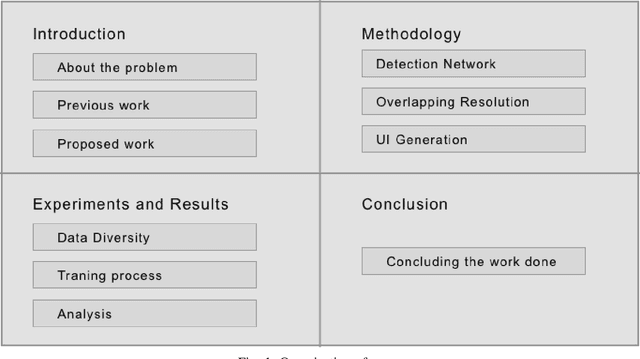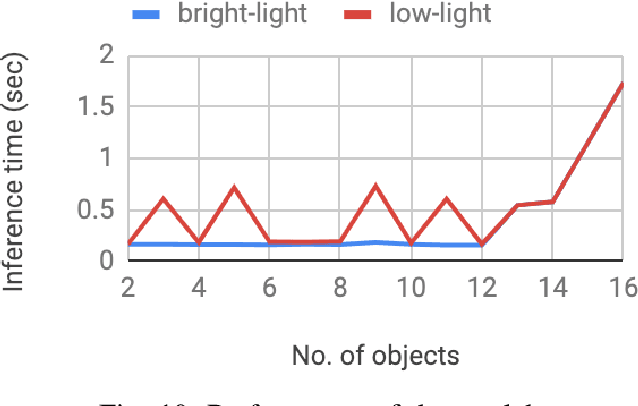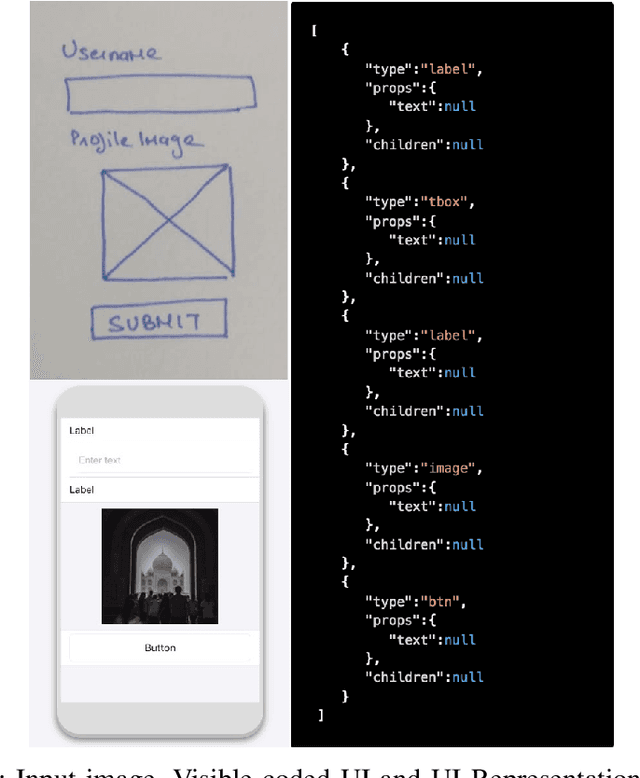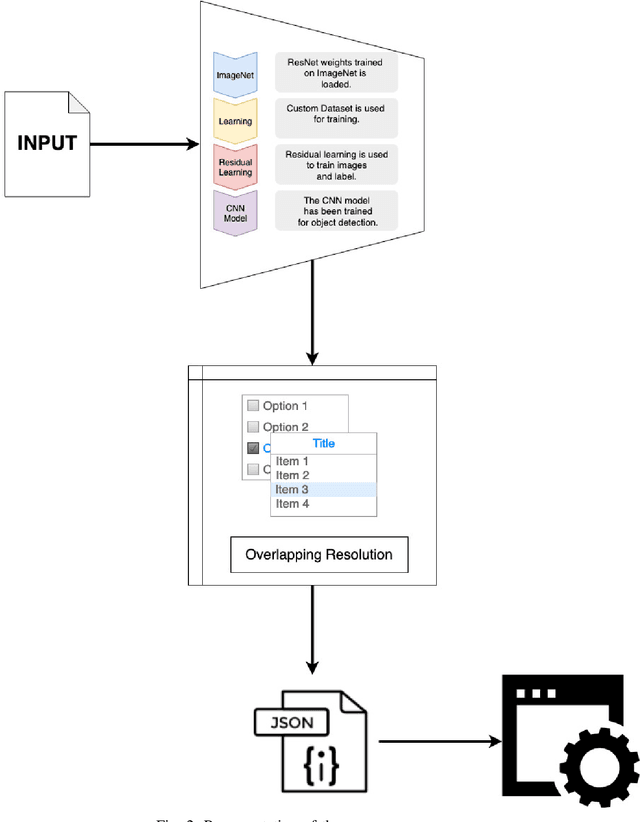Piyush Agrawal
FGM optimization in complex domains using Gaussian process regression based profile generation algorithm
Nov 15, 2025Abstract:This manuscript addresses the challenge of designing functionally graded materials (FGMs) for arbitrary-shaped domains. Towards this goal, the present work proposes a generic volume fraction profile generation algorithm based on Gaussian Process Regression (GPR). The proposed algorithm can handle complex-shaped domains and generate smooth FGM profiles while adhering to the specified volume fraction values at boundaries/part of boundaries. The resulting design space from GPR comprises diverse profiles, enhancing the potential for discovering optimal configurations. Further, the algorithm allows the user to control the smoothness of the underlying profiles and the size of the design space through a length scale parameter. Further, the proposed profile generation scheme is coupled with the genetic algorithm to find the optimum FGM profiles for a given application. To make the genetic algorithm consistent with the GPR profile generation scheme, the standard simulated binary crossover operator in the genetic algorithm has been modified with a projection operator. We present numerous thermoelastic optimization examples to demonstrate the efficacy of the proposed profile generation algorithm and optimization framework.
Can humans help BERT gain "confidence"?
Aug 31, 2023Abstract:The advancements in artificial intelligence over the last decade have opened a multitude of avenues for interdisciplinary research. Since the idea of artificial intelligence was inspired by the working of neurons in the brain, it seems pretty practical to combine the two fields and take the help of cognitive data to train AI models. Not only it will help to get a deeper understanding of the technology, but of the brain as well. In this thesis, I conduct novel experiments to integrate cognitive features from the Zurich Cognitive Corpus (ZuCo) (Hollenstein et al., 2018) with a transformer-based encoder model called BERT. I show how EEG and eye-tracking features from ZuCo can help to increase the performance of the NLP model. I confirm the performance increase with the help of a robustness-checking pipeline and derive a word-EEG lexicon to use in benchmarking on an external dataset that does not have any cognitive features associated with it. Further, I analyze the internal working mechanism of BERT and explore a potential method for model explainability by correlating it with a popular model-agnostic explainability framework called LIME (Ribeiro et al., 2016). Finally, I discuss the possible directions to take this research forward.
Sketch2Code: Transformation of Sketches to UI in Real-time Using Deep Neural Network
Oct 20, 2019



Abstract:User Interface (UI) prototyping is a necessary step in the early stages of application development. Transforming sketches of a Graphical User Interface (UI) into a coded UI application is an uninspired but time-consuming task performed by a UI designer. An automated system that can replace human efforts for straightforward implementation of UI designs will greatly speed up this procedure. The works that propose such a system primarily focus on using UI wireframes as input rather than hand-drawn sketches. In this paper, we put forward a novel approach wherein we employ a Deep Neural Network that is trained on our custom database of such sketches to detect UI elements in the input sketch. Detection of objects in sketches is a peculiar visual recognition task that requires a specific solution that our deep neural network model attempts to provide. The output from the network is a platform-independent UI representation object. The UI representation object is a dictionary of key-value pairs to represent the UI elements recognized along with their properties. This is further consumed by our UI parser which creates code for different platforms. The intrinsic platform-independence allows the model to create a UI prototype for multiple platforms with single training. This two-step approach without the need for two trained models improves over other methods giving time-efficient results (average time: 129 ms) with good accuracy.
 Add to Chrome
Add to Chrome Add to Firefox
Add to Firefox Add to Edge
Add to Edge